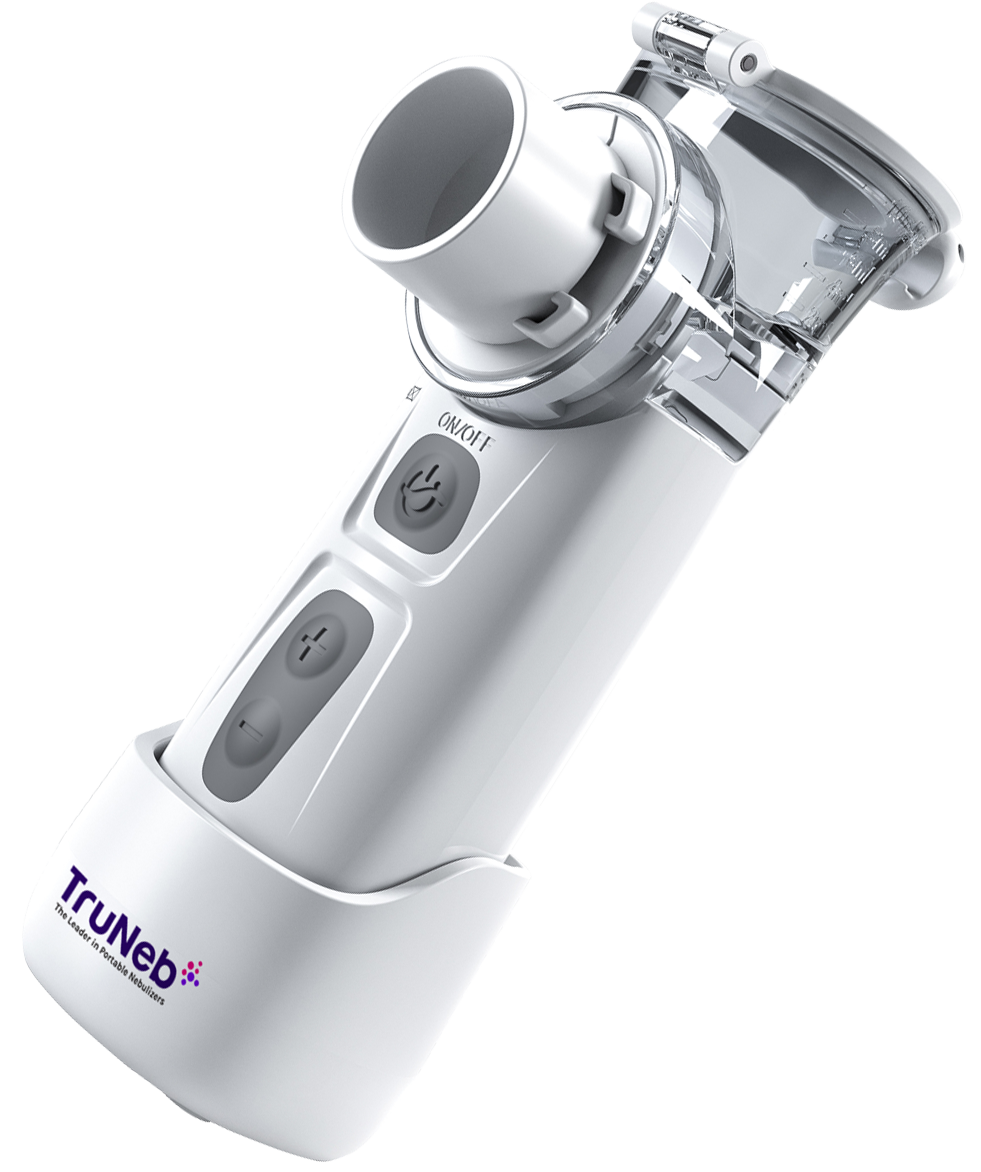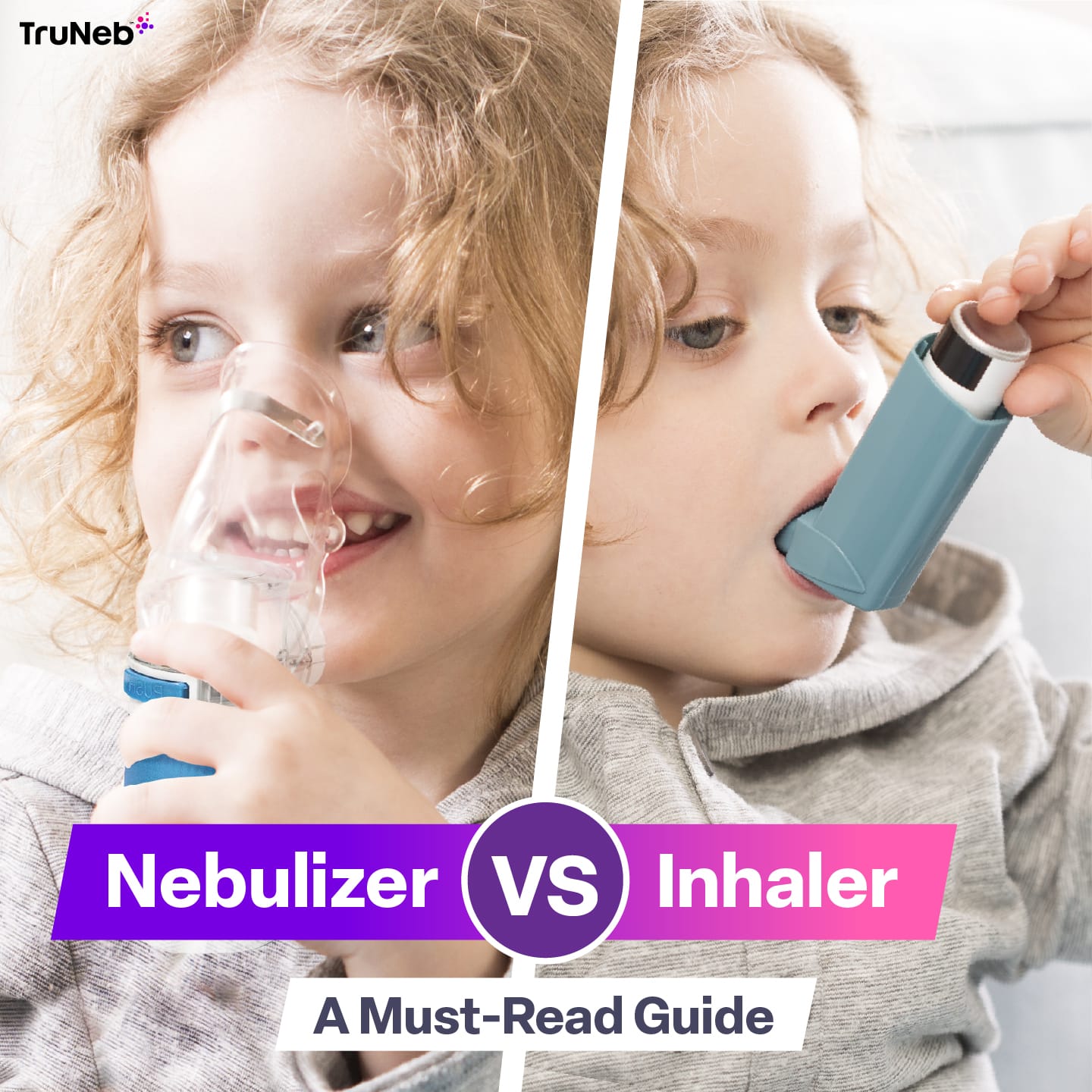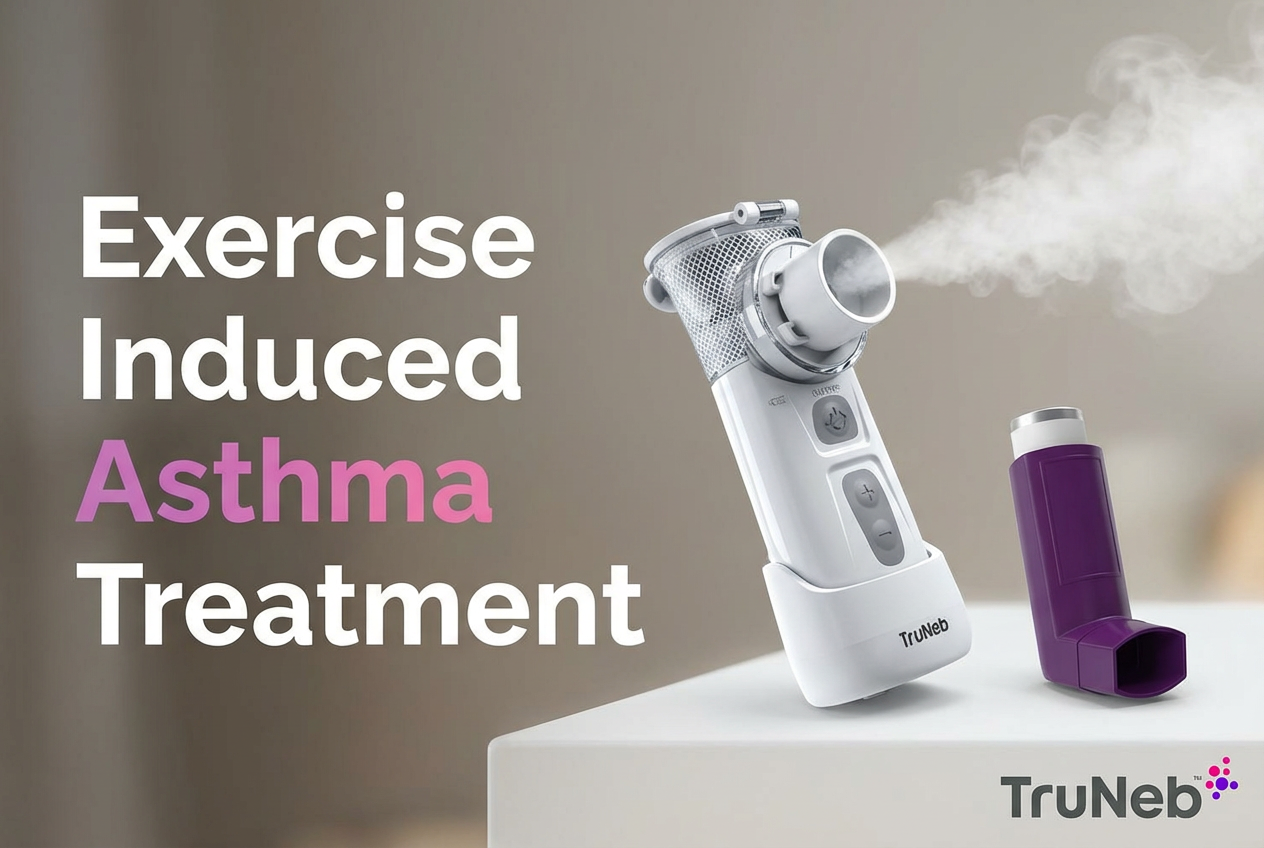On this page

Many people find themselves overwhelmed when trying to understand all the available medications for managing their asthma. Asthma medication management is a critical part of the disease, and can make all the difference. The respiratory condition affects millions worldwide, impacting daily life in various ways.
The good news is, with proper medication management, most people can control their asthma symptoms pretty well. This goes beyond having a rescue inhaler on hand. It involves understanding which medications to use, when to use them, and how they fit into the overall plan. In this resource, we’ll explore the different classes of asthma medications and how to use them effectively along with a visual chart for reference.
Basics of Asthma Management
When it comes to asthma, everyone's journey is unique. But the core goals of asthma treatment are the same – prevent and reduce airway inflammation and maintain normal lung function. This allows people with asthma to lead a fulfilling life with minimal disruptions or hospitalizations.
Effective asthma management typically requires a two-pronged approach:
- Long-term control medications: Taken daily to keep symptoms under control and prevent them from surfacing.
- Fast-relief medications: Rescue medications that provide rapid relief if symptoms appear or before exercise.
What works for one person may not work for another. This is why personalized treatment plans are so important. Your healthcare provider will work with you to develop a plan with your specific needs in mind, taking into consideration factors like:
- Severity and frequency of symptoms
- Age and overall health
- Lifestyle and daily activities
- Other medical conditions
- Medication allergies or sensitivities
Types of Asthma Medications
These medications are the workhorses of disease management in asthma and COPD, designed to keep inflammation under control and prevent symptoms.
Inhaled Corticosteroids (ICS Preventers)
- How they work: Reduce and prevent swelling in your airways
- Examples: fluticasone (Flovent), budesonide (Pulmicort), beclomethasone (QVAR)
- Usage: Typically used daily, even when you're feeling well
Long-Acting Beta Agonists (LABAs)
- Purpose: Keep airways open for extended periods
- Note: Always used in combination with an inhaled corticosteroid
- Examples: salmeterol, formoterol
Long-Acting Muscarinic Antagonists (LAMA Medications)
- Role: Often used for COPD, but also beneficial for severe asthma
- How they work: Help keep airways open for extended periods
- Examples: tiotropium (Spiriva), umeclidinium (Incruse)
Combination Medications (ICS/LABA Combinations)
These inhalers combine an inhaled corticosteroid with a long-acting beta agonist, offering the benefits of both in a single device.
- Benefits: Convenient, may improve adherence to treatment
- Popular combinations: fluticasone/salmeterol (Advair), budesonide/formoterol (Symbicort)
This isn’t an exhaustive list, but it includes some of the most effective and popular asthma medications available today.
Asthma Medication Chart
For each medication, you'll see:
- The brand name (what you'll typically see on the packaging)
- The generic name (the actual drug name)
- The available dosages
Remember, this asthma medication chart is meant to be a general guide. Your specific medication might have a different brand name, or you might be prescribed a different dosage. Always follow your doctor's instructions and the information provided with your prescription.
This chart can be particularly helpful when:
- You're discussing treatment options with your doctor
- You need to refill a prescription and want to double-check the details
- You're trying to understand the differences between your medications
Keep in mind that while this chart covers many common asthma medications, it's not exhaustive. New medications are continually being developed, and your doctor might prescribe something not listed here based on your individual needs.
Additional Asthma Management Resources
Asthma Resource Library - American Lung Association
Asthma and Allergy Programs and Resources - Asthma and Allergy Foundation of America
General Asthma Resources - Global Initiative for Asthma
TruNeb™: Supporting People With Asthma With Convenient Nebulization
The TruNeb™ portable asthma nebulizer machine is a top-rated portable mesh nebulizer among asthmatics and COPDers alike. In addition to your inhalers and compressor nebulizer, you now have another option to choose from that’s ultra quiet, sleek, and convenient. Use it at home or take it with you on the go. And of course, refer back to our asthma medication chart anytime you need it!
*Article reviewed by a licensed Registered Respiratory Therapist







